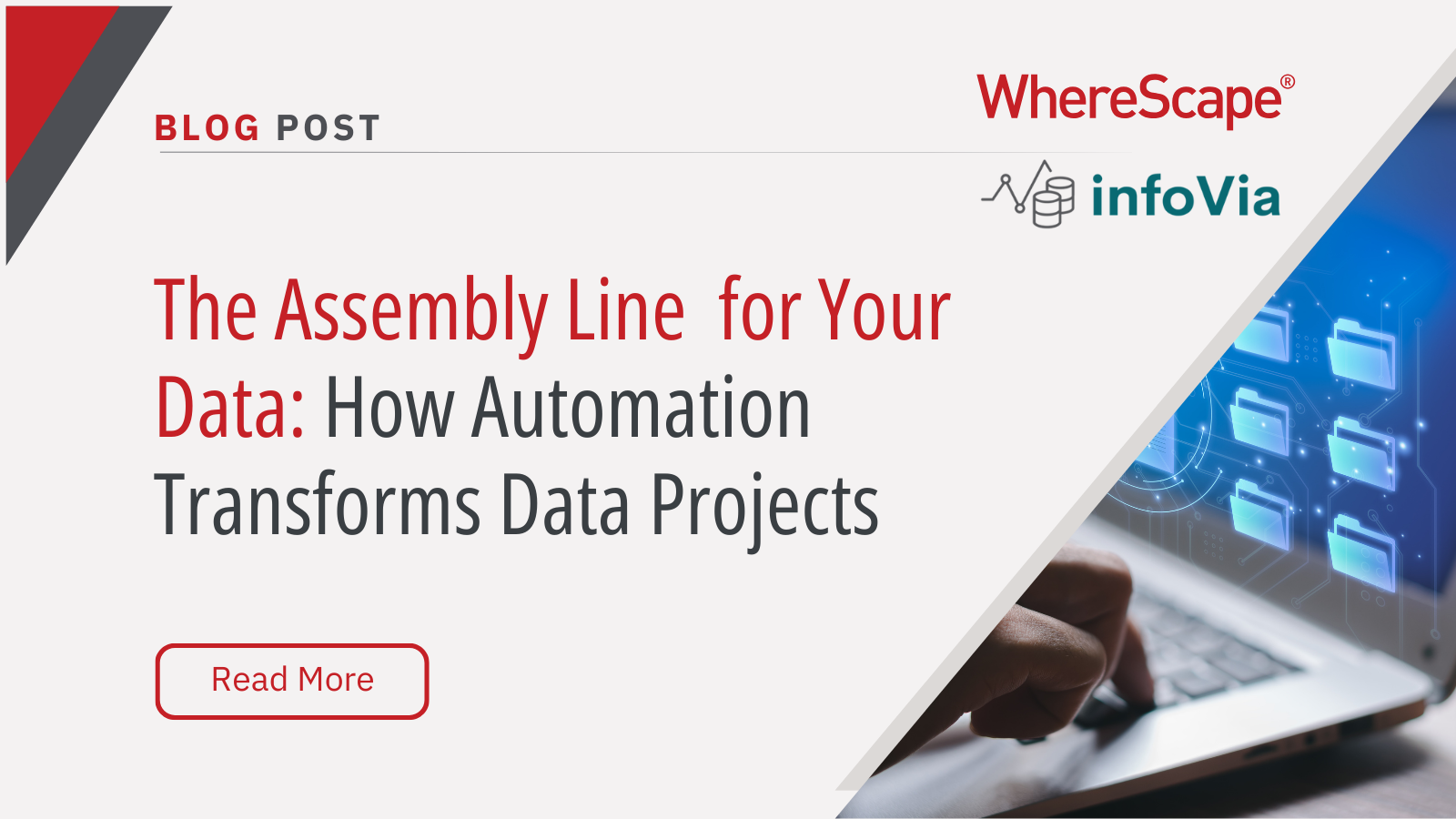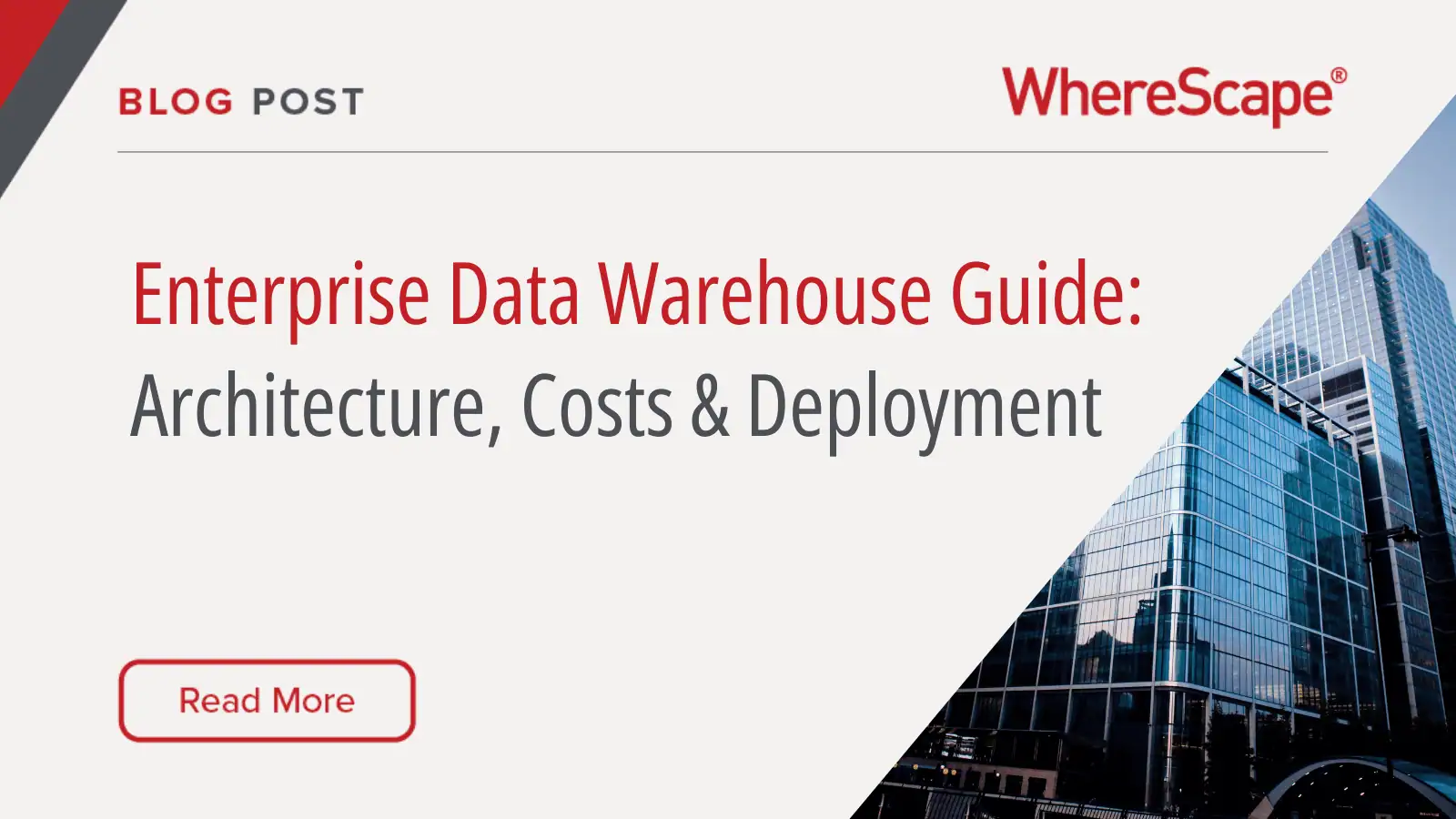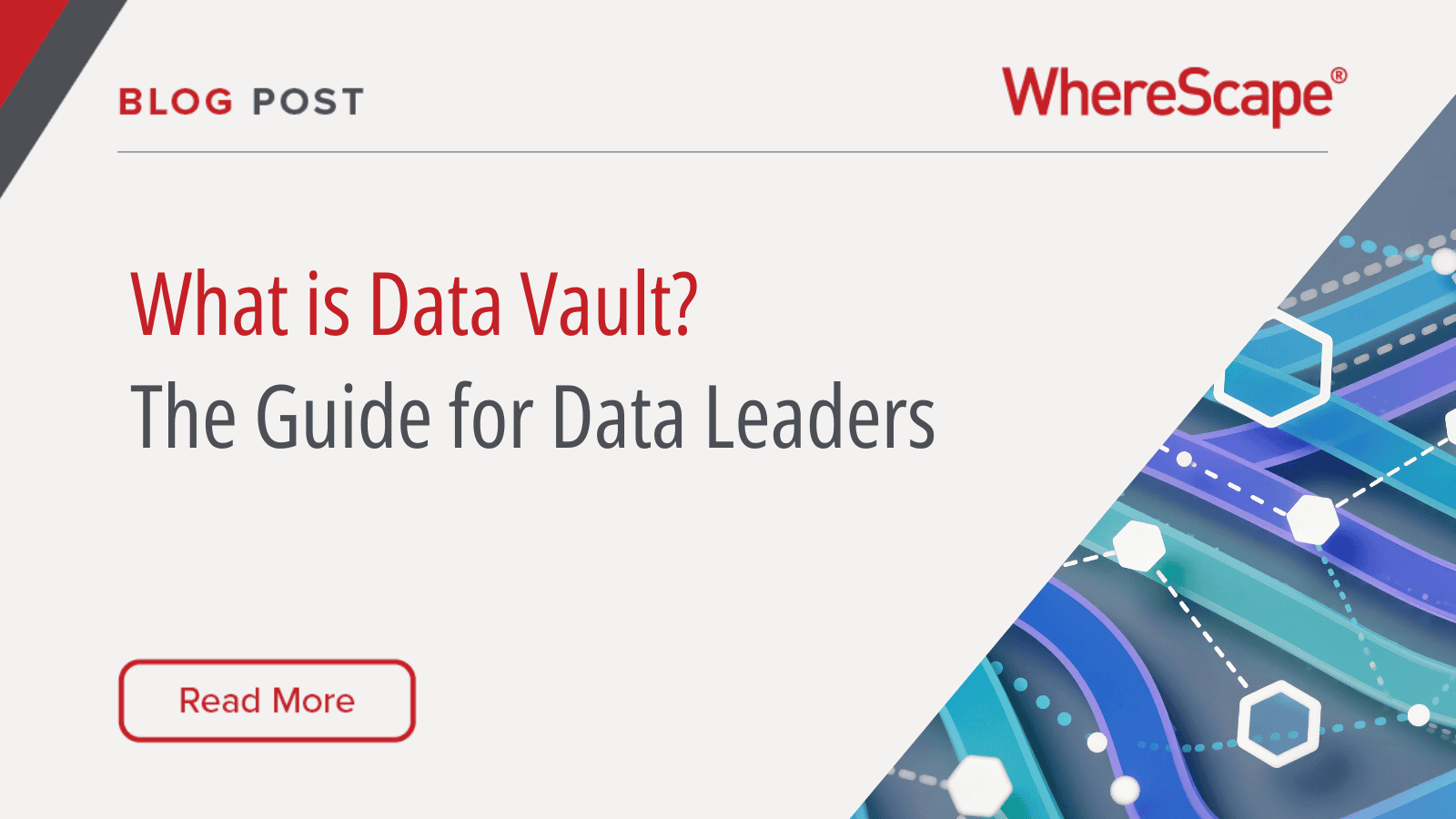Imagine an old-fashioned assembly line. Workers pass components down the line, each adding their own piece. It’s repetitive, prone to errors, and can grind to a halt if one person falls behind. Now, picture the modern version—robots assembling products with speed, precision, and adaptability. This is the transformation automation brings to data projects.
Data isn’t just numbers; it’s the raw material of decision-making. Yet, for many organizations, managing it feels like an outdated assembly line—manual, slow, and full of bottlenecks. What if you could replace that with a streamlined, efficient system that scales with your needs? Welcome to the world of data automation.
Why Automation Matters in Data Projects
Gartner estimates that 87% of data science projects fail to reach production. That’s like designing a car that never makes it to the showroom. Automation provides the assembly line your data projects need to move from concept to delivery efficiently.
Here’s how:
- Reduces Manual Labor: Automation eliminates repetitive tasks like code generation and data validation, reducing errors and freeing up teams to focus on strategic initiatives.
- Improves Scalability: As your data grows, automation ensures workflows keep pace without reinventing the wheel.
- Enhances Agility: Tools like WhereScape empowers teams to prototype and iterate quickly, delivering insights faster.
Building Your Data Automation Assembly Line
Data Automation isn’t magic—it’s methodical. It requires a clear roadmap, just like building a state-of-the-art production line. Here’s how to get started:
1. Assess the Current State
Think of your tools and processes as your raw materials. Are they helping or hindering? Involve stakeholders early to identify gaps and align on goals.
2. Define the Blueprint
Set measurable objectives, such as improving data quality or reducing project timelines. Prioritize areas where automation will have the biggest business impact.
3. Pick the Right Machinery
Choose tools that can scale and adapt, like WhereScape 3D for modeling and WhereScape RED for automating code. Metadata-driven solutions are your blueprint for consistency and accuracy.
4. Strategize Like a Factory Manager
Break your roadmap into phases with clear milestones. Start with high-value quick wins, like automating data validation or reporting, to prove ROI early.
5. Implement Governance and Quality Control
Data is only valuable if it’s reliable. Use rigorous validation, monitoring, and security protocols to keep your “product” intact.
6. Partner with Automation Experts
Just as automakers rely on specialized engineers, partner with experts like infoVia. Their metadata-first strategies ensure seamless integration, scalability, and governance.
Avoiding Common Pitfalls
Automation is a tool, not a cure-all. To succeed:
- Start Small: Target low-hanging fruit with clear ROI.
- Avoid Overengineering: Focus on solving business challenges, not creating complexity.
- Optimize Continuously: Regularly refine your processes to stay efficient and effective.
The Power of Tools and Expertise
Think of WhereScape and infoVia as the robotics and engineers of your assembly line.
- WhereScape 3D: Maps out your data like a CAD model for a car.
- WhereScape RED: Automates repetitive coding, letting your team focus on innovation.
- infoVia: Provides expert guidance to align tools, teams, and goals seamlessly.
By combining the right tools with expert guidance, your data projects will deliver insights faster, more accurately, and with less effort.
Modernizing your data projects isn’t a luxury; it’s a necessity. Automation is the assembly line that transforms raw data into actionable insights. By building a roadmap, leveraging tools like WhereScape, and partnering with experts like infoVia, you’ll future-proof your data strategy and drive business results.
Ready to streamline your data production line? Contact infoVia today to take the first step toward data automation excellence.




